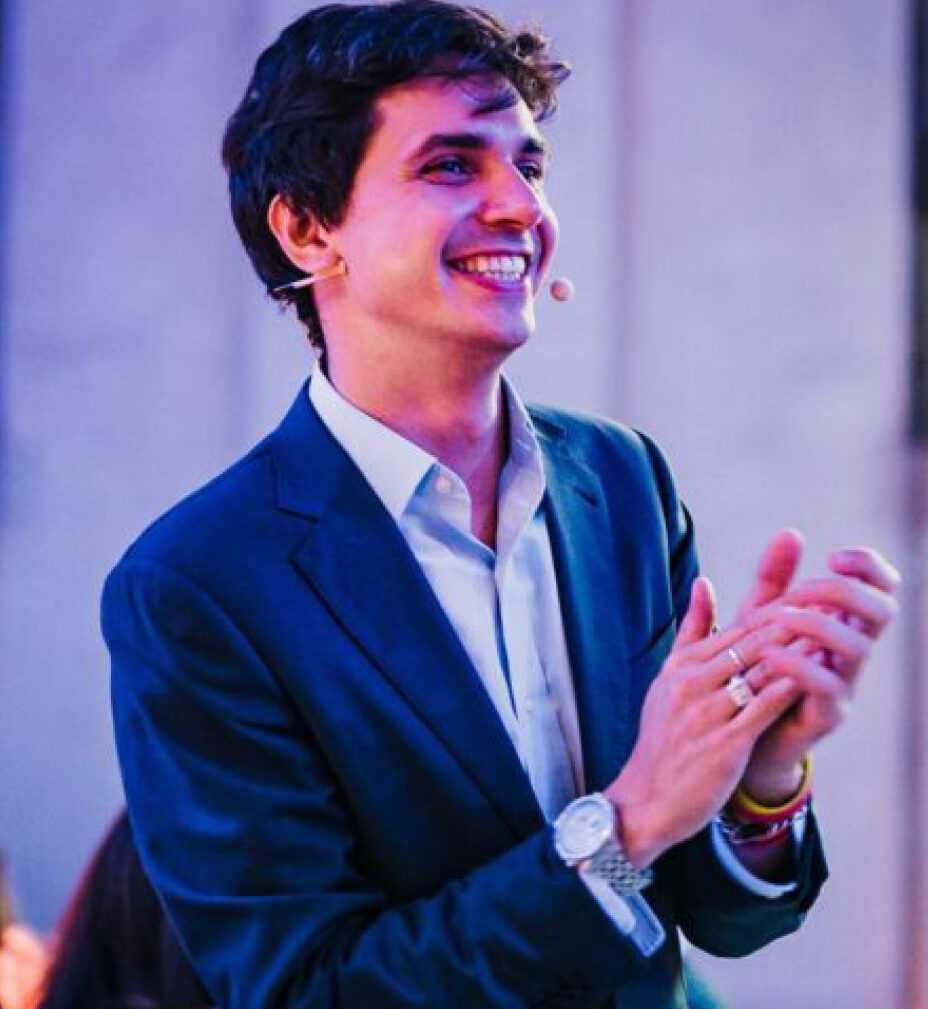MILAN – Vinhood is an innovative startup that was born 4 years ago, with the aim of building a bridge between two worlds that are often very distant and that instead should find a connection: that of the final consumer and that of companies, on common ground of food & beverage. The key to rewriting the relationship between them is the simplification of taste. Which does not mean trivialization, but study, research and communication in a different language of the products that everyone loves but not as many understand. We talked about it with CMO and cofounder Matteo Parisi, who explained this project to us in detail.
Vinhood has a name that speaks itself, but first of all how did the idea of this startup come about? What market gap did you want to fill and how?
“It all started very simply 5 years ago, in 2016/2017, following a precise mission: we saw two worlds, one of the supply chain of some products and the other of the consumer who have difficulty meeting. We started with wine and the concept of “hood”, which is an ending that alludes to a community, like brotherhood, that wants to know something: from there the name Vinhood was born.
Analyzing the world of consumers, we realized that 99% of the time the audience of users is made up of people who buy but do not have the tools to talk about this product, not understanding the world behind it. Or maybe in other cases they don’t have the knowledge to choose the right product for them, for the situation or for their palate. This leads people on the one hand to enjoy something less than optimal. Or, even when it is of quality, they fail to convey the reasons that led him to this choice linked to pleasure.
On the other hand, observing the world of the wine and coffee supply chain, we have found realities that are often full of content, stories that are sometimes centuries old, of information and product work which, however, was not transferred to the final consumer. Because many times companies do not have the tools to do it, or other times the sectors are too elitist and place a certain distance from the end customer.
We have therefore taken these two worlds and with our expert copy and marketing team, we have clustered them into macro groups that we call “taste characteristics”. In other words, products with similar characteristics: for coffee, for example, all acidic ones, all chocolaty ones, etc. Once this new geography of coffee was created, we gave them simple names, which can also convey to the final consumer something that remains in their mind.
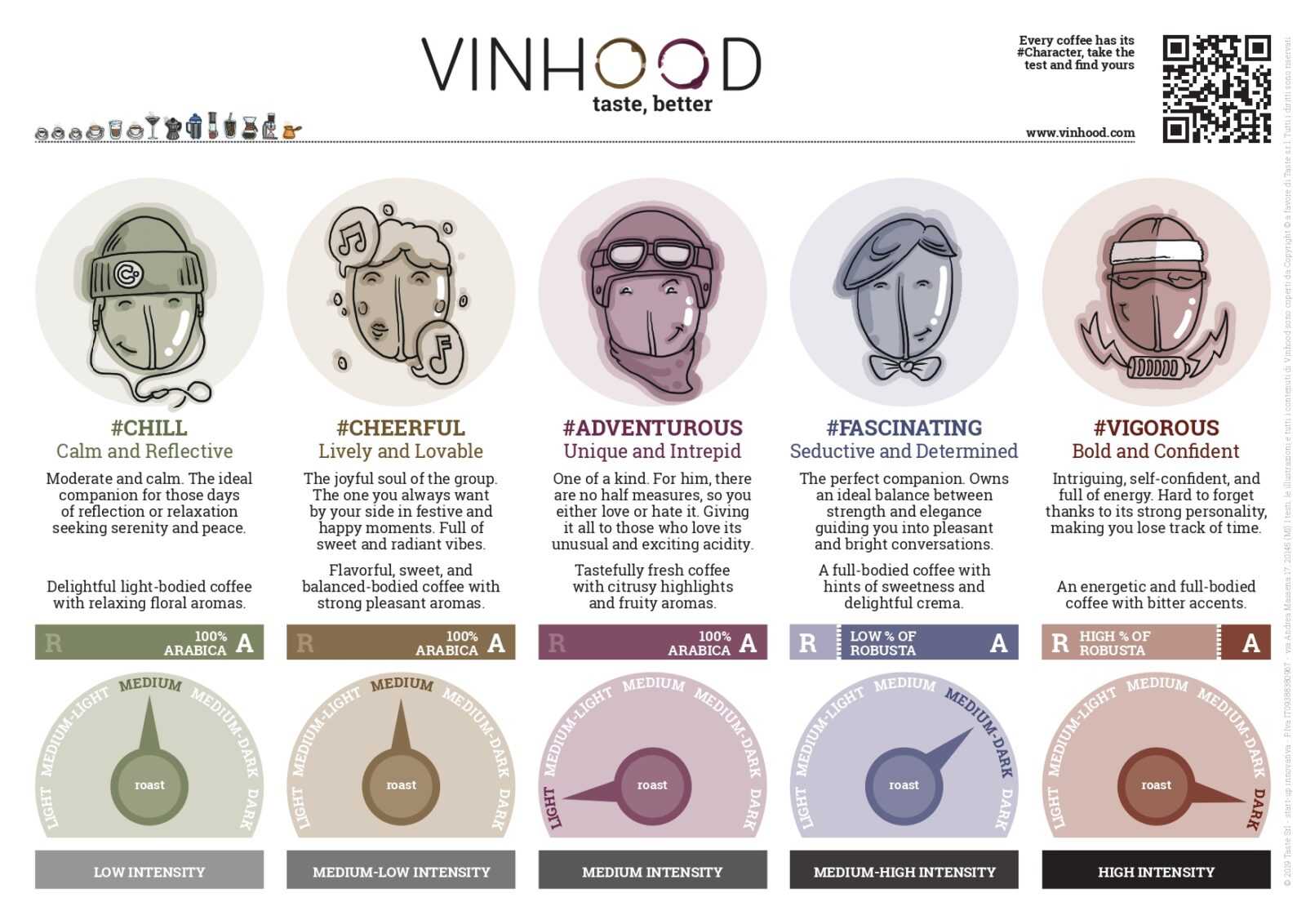
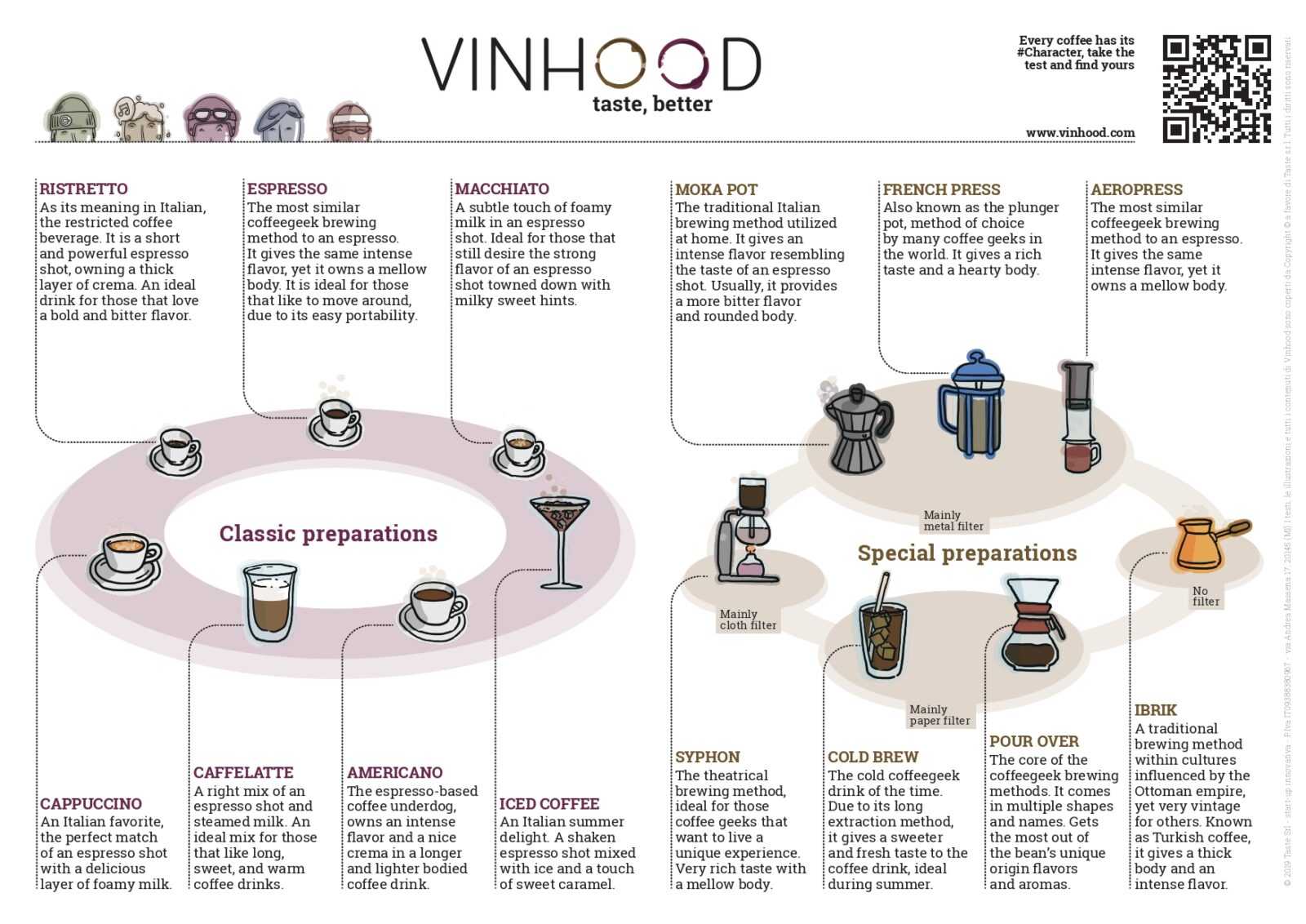 For example: a structured coffee with a high intensity, high percentage of Robusta, becomes “Vigoroso”, or “Attractive”: seductive, delicate coffee, perfect companion, full-bodied, slightly sweet, enveloping cream, low percentage of Robusta … “. Obviously definitions supported by a visual part, to ensure that the end user has a world to discover.
For example: a structured coffee with a high intensity, high percentage of Robusta, becomes “Vigoroso”, or “Attractive”: seductive, delicate coffee, perfect companion, full-bodied, slightly sweet, enveloping cream, low percentage of Robusta … “. Obviously definitions supported by a visual part, to ensure that the end user has a world to discover.
This is our job as far as the field of communication and marketing is concerned: how to make the world of coffee understandable and “prêt à porter”.
Below we have created a compass to be able to orient yourself well within this geography: we have developed algorithms that are based on the final product, but which at the base have a common heart which is work on taste. Vinhood effectively defines itself as a Sensory Tech company. The algorithms ask questions that relate to the personal tastes of the interviewee beyond the coffee or the product that we would then propose, thus profiling the palate and finally recommending the most suitable gustatory character for the interviewed subject.
Once this was done, we tested these algorithms which have a logical foundation of neurogastronomy, quite new in the branch of neurosciences. We carried out these tests with thermal cameras, neuronal helmets, skin conductors: it emerged that in 95% of cases it works. ”
What is the Italian palate like in Italy?
“In Italy, coffee has a different maturity from that of other Nordic countries. We carried out analyzes on all the coffee preparations to show that there is not only espresso. To do this, we founded one of the first digital coffee academies: we sent home certain samples with the equipment to prepare it like the V60. We took them on a tour of the supply chain to the origins to tell the difference and the process necessary to
arrive at the final result in the cup, from a 100% washed Arabica to everything else. Well: people came back asking where we could buy that coffee.
Once this study is finished, we compare ourselves with users and with the sites of large manufacturers and retailers. To begin to make consumers understand that coffee is not just a commodity. This drink can also be a way of having an experience, discovering various types. This is an educational path that we like to do and not just about coffee.
With Vinhood we currently work with more than 30 countries around the world.
But today an active project in Italy is what we are carrying out with Lavazza: on their website, there is our test that recommends the most suitable coffee for buyers. We can help large-scale distribution to educate users, who are happy to experiment. Making the end consumer understand the breadth of coffee and the work behind it helps to explain the reason for a premium price: that drink gives a different experience and therefore has a different price.
In other Fairs we have tried to make bars and restaurateurs understand through a brand that consumers do not have the same taste of coffee. Imagine entering a bar and dealing with a manager and you offer him the usual coffee but in addition to that, place qr code at the counter, which consumers can use to do taste tests while they wait to be served. The result is that in this way customers will understand which coffee is right for them and the barista, after a few months, will be able to better evaluate the tastes of his
consumers.
We tried this at the fair: we saw for the first time people talking about coffee while drinking coffee. It is certainly difficult due to the dynamics that exist today in the horeca, but it is a path to take. We would like this message to reach more reality, to understand if someone else has the same synergy as us to deepen education on coffee.
Today in Italy we are still fighting over the quality of espresso at the bar. It is like a time when in the taverns there was only house wine and there was no awareness of the value of the product chain. We are progressing slowly with regard to coffee, but we need to commit much more and find companies that want to invest in these innovations and understand that coffee is not just a commodity at bars. ”
Is your business more consumer oriented or B2B focused?
“On these projects our client is B2B, but our services are for B2C. I work with company x, but what it then creates is supplied to the final consumer. ”
What exactly are your “taste experts”? What did they study and which sector do they belong to?
“We went to the labor supervisor to create the figure of the sensory analist, or the taste expert. They are people who come from different sectors, from wine to coffee, international beer judges, researchers from the University of Pollenzo: many figures who, once they enter Vinhood, use their background as a core, but then follow internal courses to align themselves and transform their know-how so that it becomes more
transversal in different channels.
The sensor analyst collaborates with the network of other taste experts in the world to study a product, those essences necessary to create the geography we have already talked about, and understand how a drink evolves according to the results of our tests, understand its maturity in the various markets. We studied the taste of 35 markets in terms of types of food & beverage consumption in that particular country: for instance compared to the taste habits of Russia, what are the most typical dishes, how do you divide the preferences of consumption.
An example about coffee: in Italy, when asked “what do you drink in the morning”, not everyone answers coffee, while in America, everyone clicked that option. So we added a further question for the States: what type of coffee. It is a study of the country’s gustatory eating habits carried out through surveys on a hundred or a thousand people, the number depends on the country and by contacting the realities and food & beverage
experts of that reference area. ”
How are tests structured?
“They consist of six / seven questions. We are talking about tests lasting less than a minute that analyze your comfort zone and profile you at the palatal level. Our taste is influenced by many factors, experiential, climatic, conditioned by the mood of the moment. However, each of us has a predominant taste that tends to remain constant. In these 5 years I have been able to see that although there are constants, these too
can change. Thanks to the kiosks that we have placed in the various supermarkets
we are able to better investigate consumption trends and taste preferences. In the kiosks, customers carry out the tests and then they are directed to purchase following our advice. We are also present in some wineries with our widget. We have observed that there are people who take the test again after some time. Even just out of curiosity. ”
How do companies choose Vinhood? And when did you move to the coffee?
“The companies we work with choose to experiment with the test internally first and then, when they see that it actually works, they go. With coffee companies, our work for the categorization of their products is 4 hands, in collaboration with their taste experts. with the their research and development or training center. At a certain point we chose to work and we accelerated on coffee, but we had to stop the research due to the pandemic: during the lockdown we wanted to carry on the Academy experiment instead, to understand what we were missing, insisting on education, to create contents with a focus on sustainability and coffee taste. Since 2017 we have been collaborating with Lavazza and in the Vinhood ecosystem, we have 5/6 other coffee players. With some we will do the tests in store, with others they will be positioned on the site, still others have chosen the kiosks in the supermarket.
And now we have resumed pushing abroad as well as in Italy and currently we have opened a dialogue with the 4/5 players among the biggest in the world. There is a lot
of excitement, even if it is not easy. The tests with tagging, done on the fly are many. Instead, communicating the real customization work is more difficult for companies to understand, to structure pilot projects well, especially now that we are coming out of this pandemic period. I think that the realities in the coffee supply chain are proactive, that
they have enriched us. In Italy and also abroad. Now that we are overcoming the darkest phase of Covid, there will be a lot to do. I am even more happy to have chosen to dialogue more with end users during the pandemic, because in this way we have understood what people want to know, and now we are ready to give a different service.
If there is a company that simply and only wants to sell more coffee, we are not the right partners. Vinhood works with those who want to create above all positioning, awareness, product experience, as well as clearly, consequently, sales results. For those who are confident in their offer. ”
What have you collected with Vinhood on coffee so far?
“Apart from the very big analyzes with respect to the various countries, to date we have a thousand people who take the test even more times and we know their changes in habits. We have the part of content, the asset with respect to coffee, preparations, products, collected over a period of 3/4 years of work. Now we are finally starting to throw ourselves into wine and go to the market as we have already done with Lavazza and work with companies on the final customer. ”
So what’s at the heart of Vinhood?
“Some themes that are important to us such as sustainability that we include on the product page. An example: in our bread services, there is not only basic information on bread, but also information for reusing waste, and so it is the same for coffee and its traceability. Sustainability is also social: we organize wine tastings courses for for UICI – Italian Union of the Blind and Visually Impaired -, to discover with them the world of wine through the other senses. This can also be experienced with coffee.
One final point: to do this work globally, we realized that we have reached out to people for different roles, all over the world. Almost 50% of our team comes from outside: India, Iran, Thailand, the USA, Lebanon, China, Colombia. This also helps us a lot to perceive the product not only as Italians: Vinhood has an Italian DNA and a global vision. This way of cooperating undoubtedly has its cost, but compared to the final value it creates, it is priceless. ”
An example in an infographic
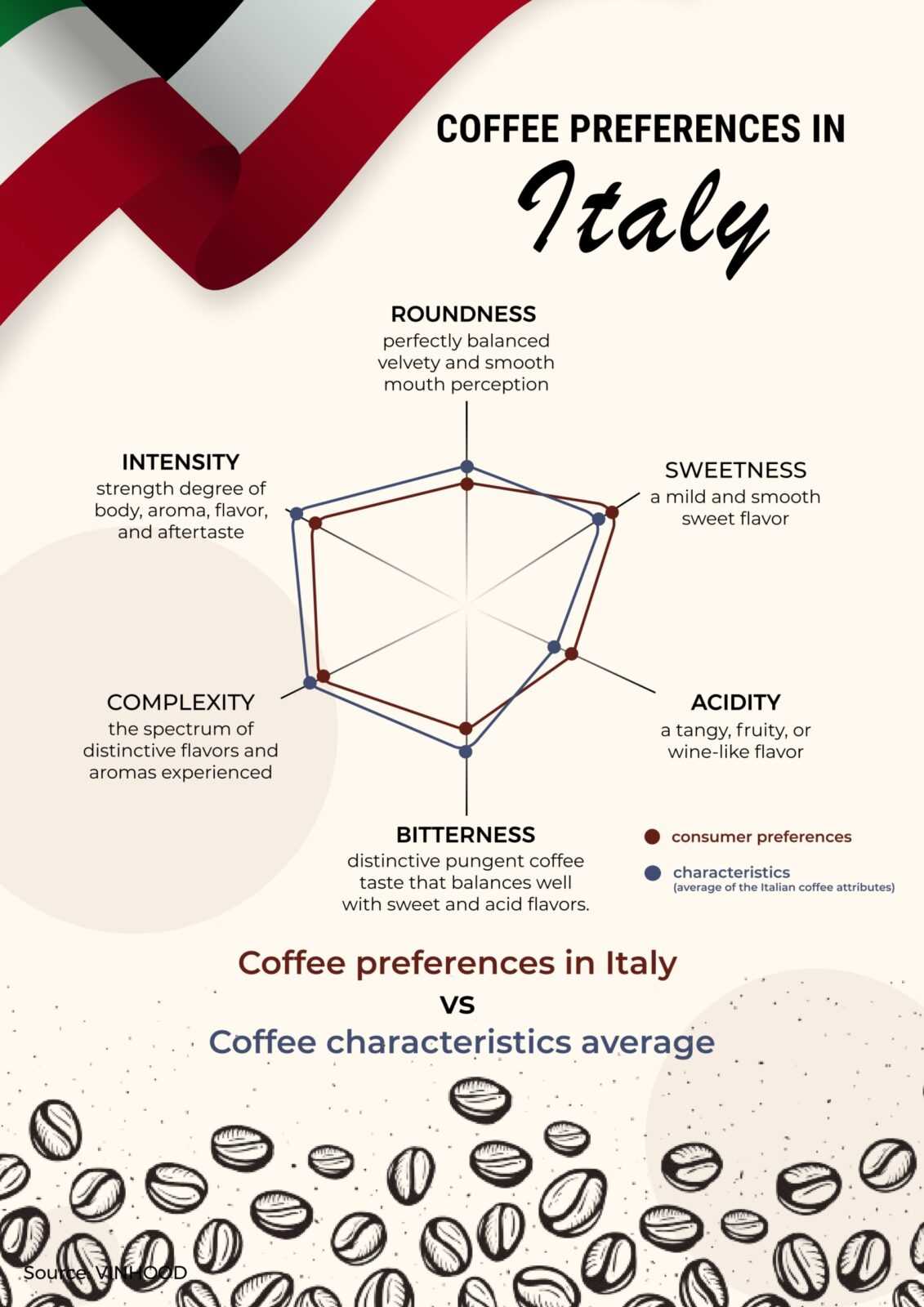
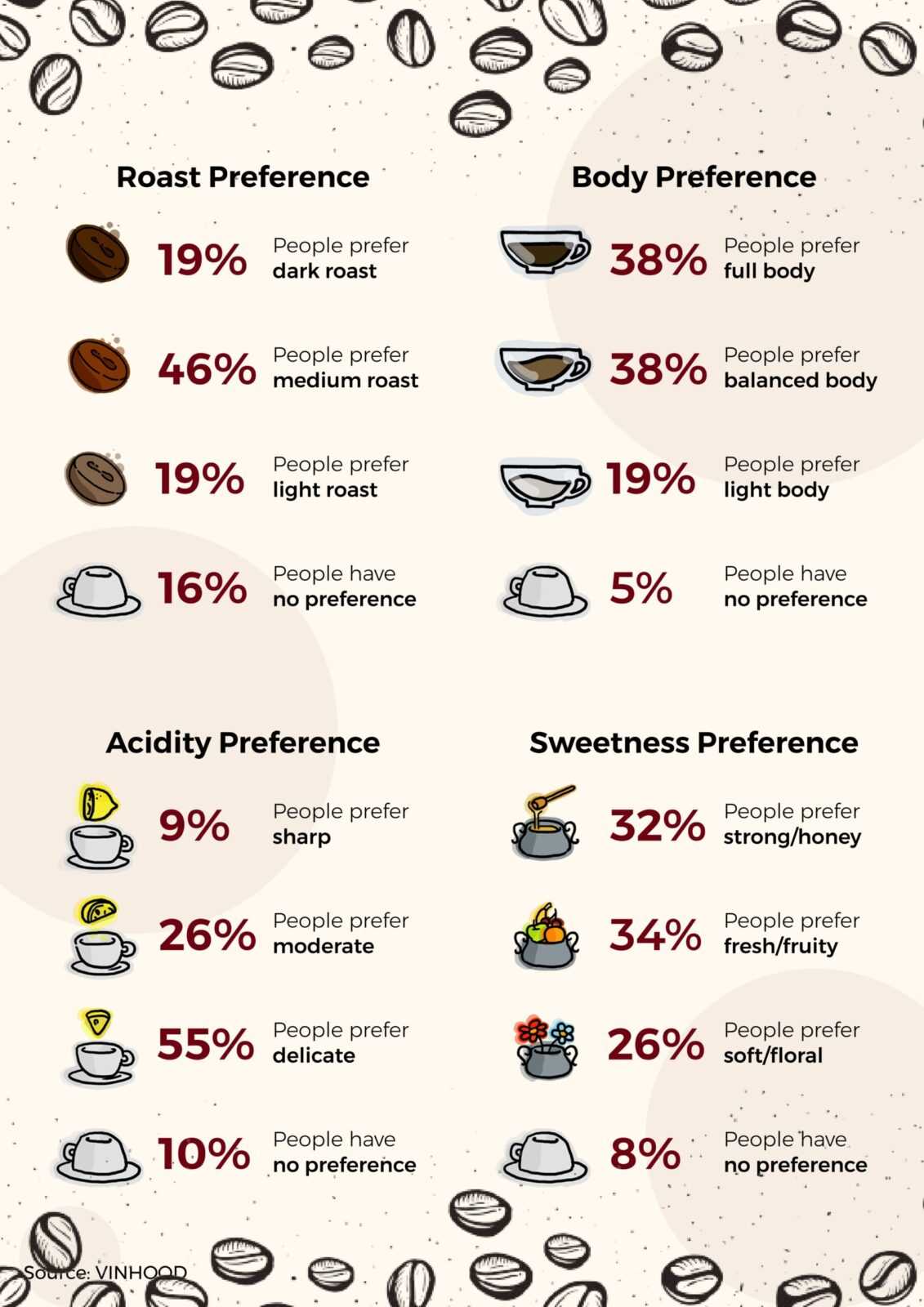
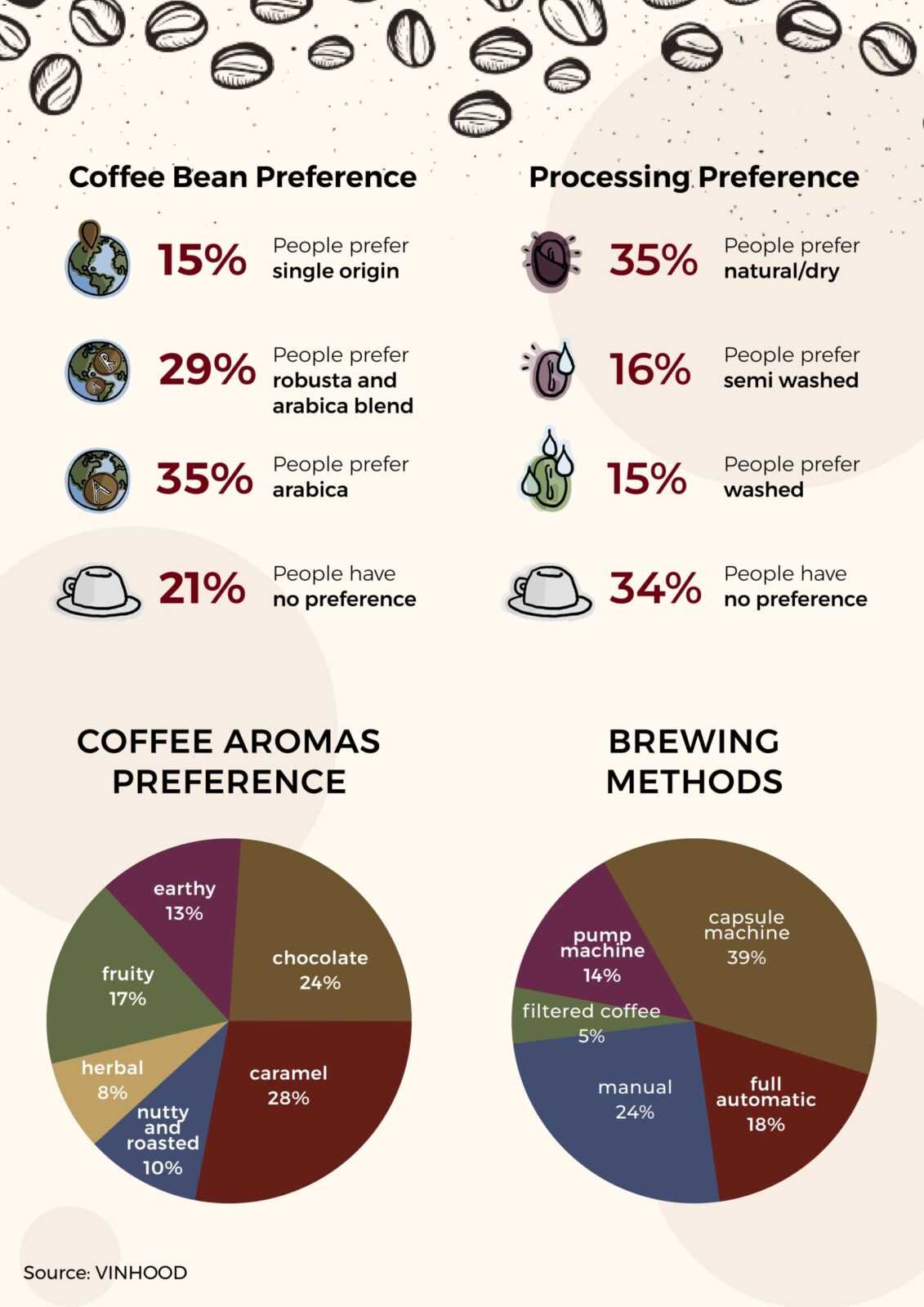
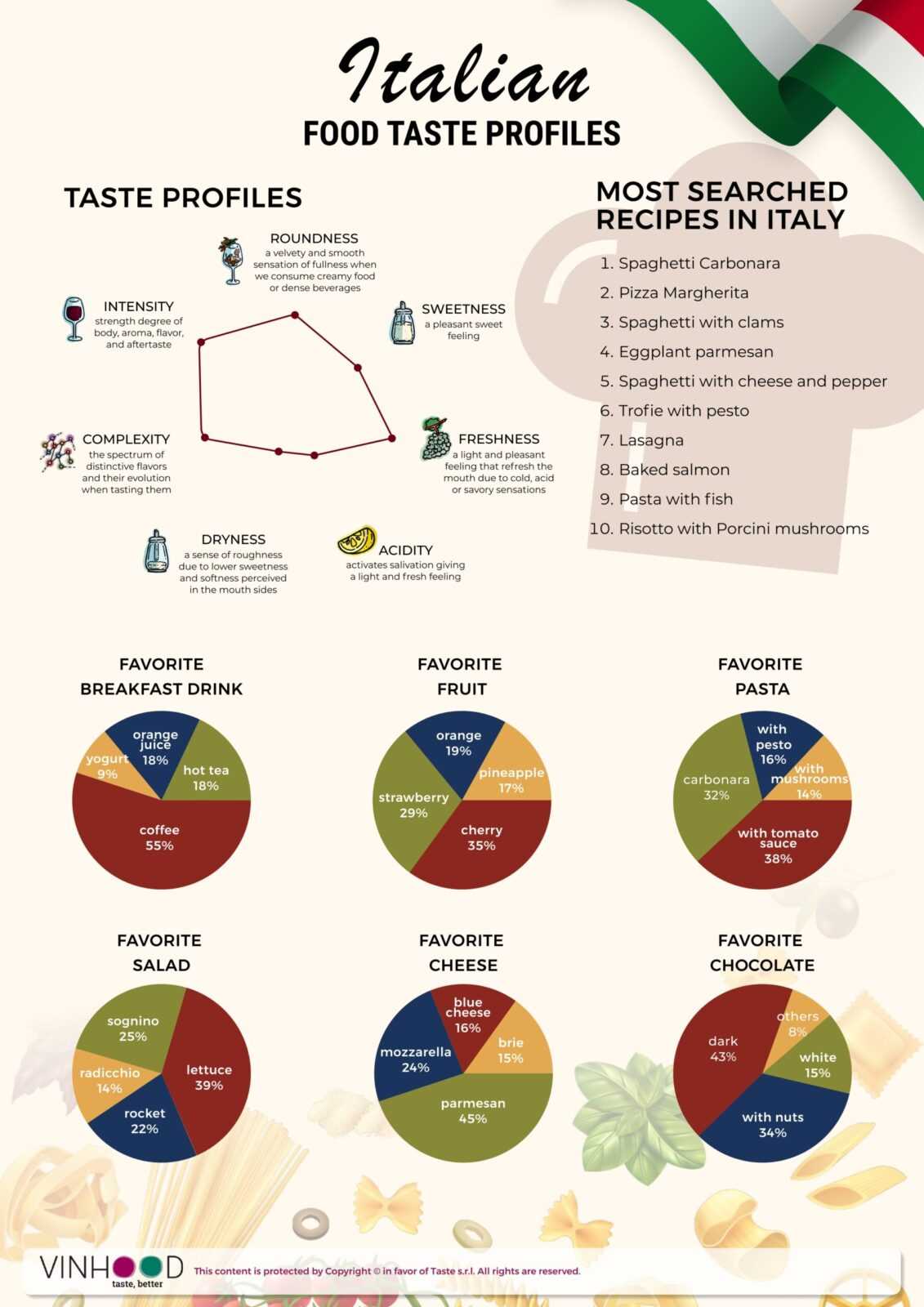
You can visit the web site to discover more, here.



